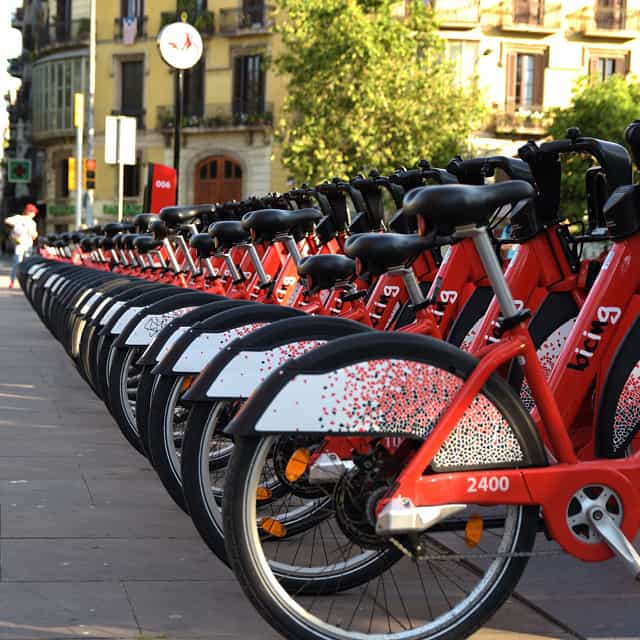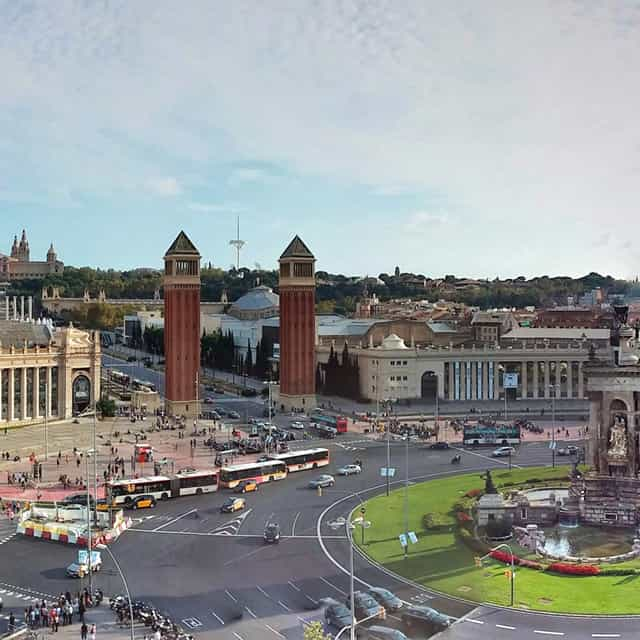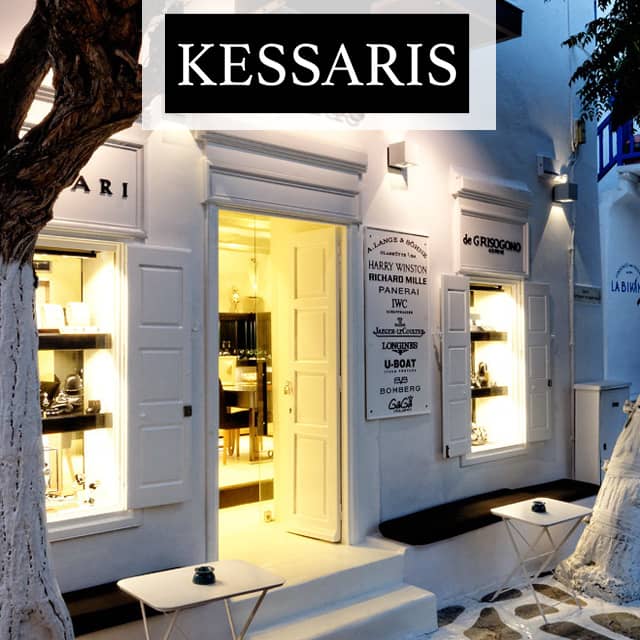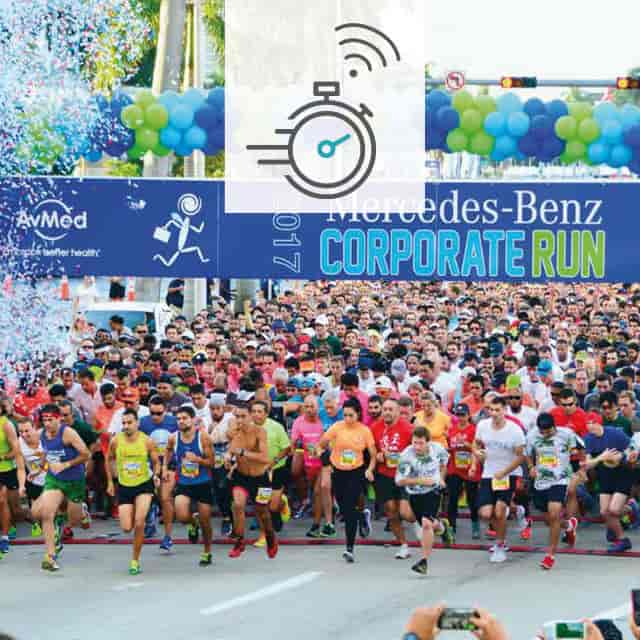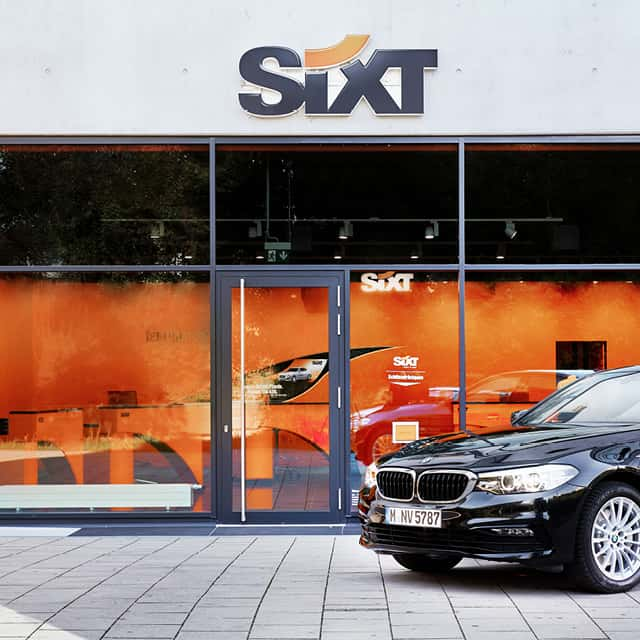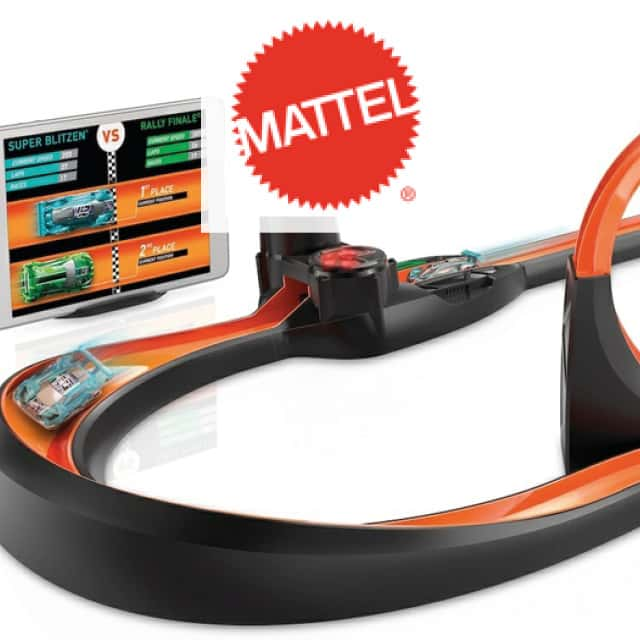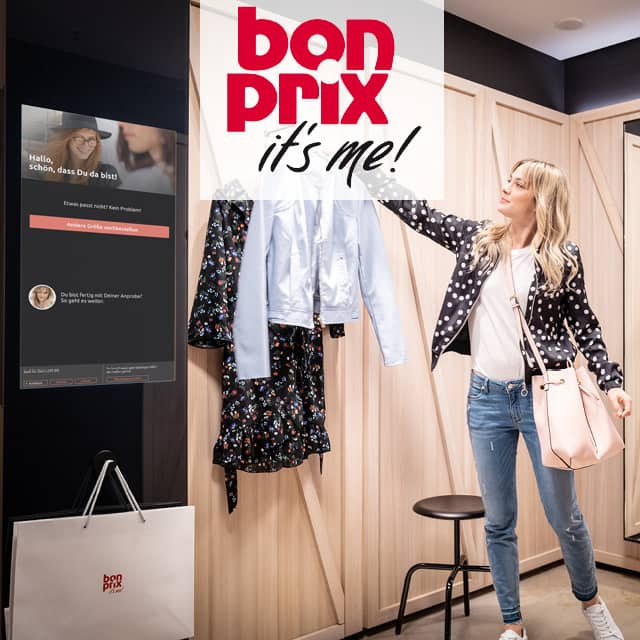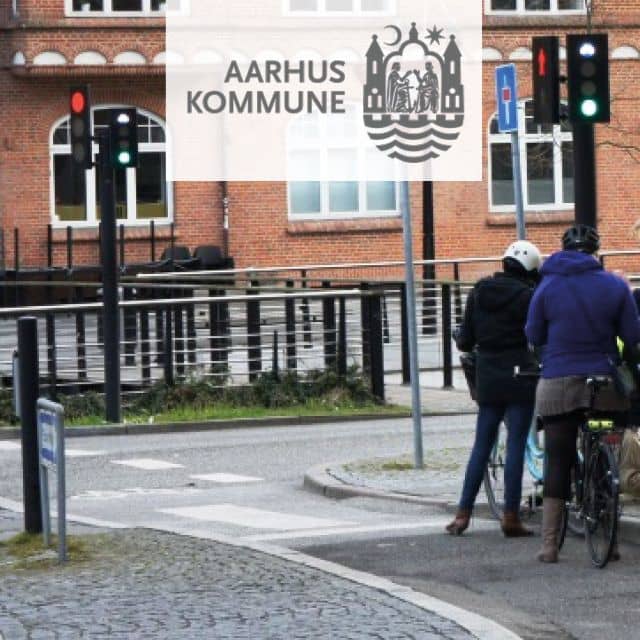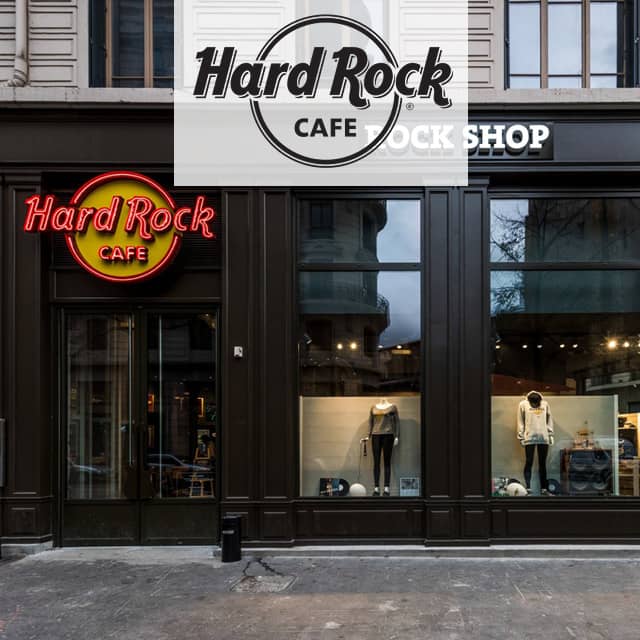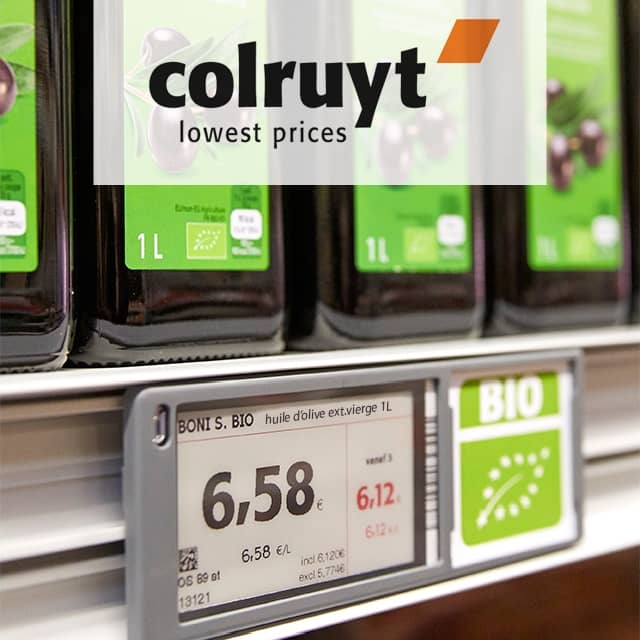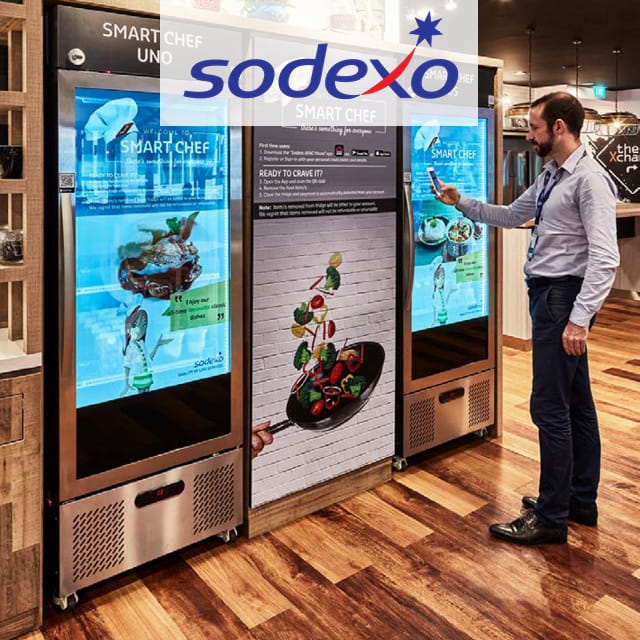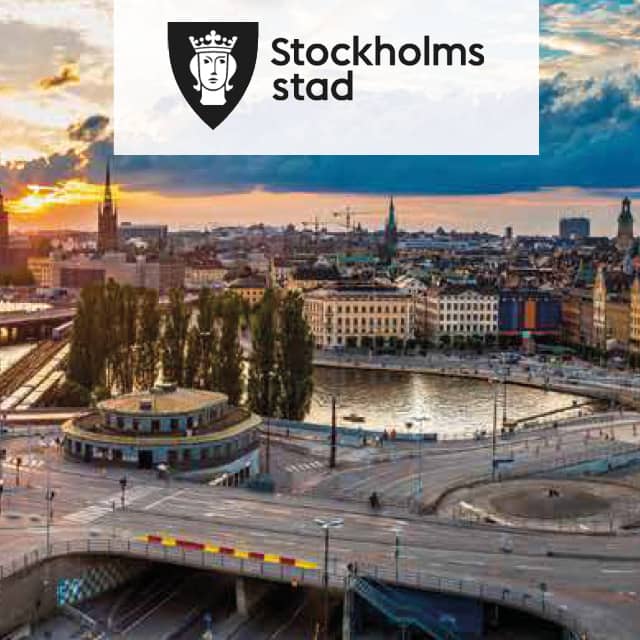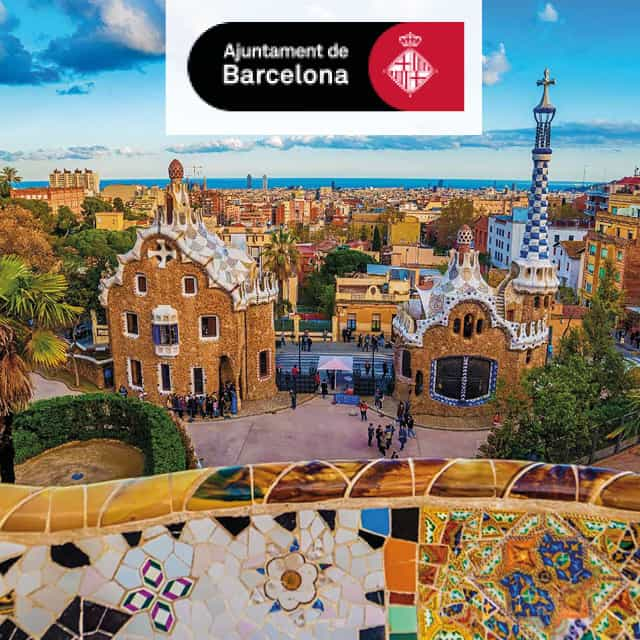
IoT Platform for Smart City Applications in Barcelona
At the end of 2017 Barcelona introduced an open source CityOS platform as part of the 'Barcelona Digital City 2017-2020' plan. The aim is to make the city more open, more equal and more participatory.
The City-IoT platform enables the development of technology field trials all the way to city-wide, connected application projects.
Spain's capital, the country's second largest city with 1.6 million inhabitants, has become a technology hub for tech companies and start-ups. Smart city solutions have been continuously tested and rolled out for more than ten years.
Process Requirements
The first smart city projects in Barcelona started back in 2006, and since then the Catalan metropolis has tested and implemented various intelligent city applications. The next step was to create an open source data infrastructure that would enable citizens and companies to use their own applications.
Objectives
- Providing data for service providers
- Providing interfaces
- Establishing a creative and dynamic environment
- Promoting innovation
Solution
The integration of all collectable data is the basis for intelligent urban projects in Barcelona. This approach is facilitated by a city IoT platform, Sentilo. The platform enables the collection, processing and distribution of sensor data from various sources. Development of Sentilo started in 2011 and the platform was launched at the Barcelona IoT Congress in 2013 and released as open source in 2014.
Sentilo manages 15,000 sensors in Barcelona, most of which are installed in smart metering applications in buildings and photovoltaic power generators. The connection to the municipal utilities enables the administration to analyze the energy efficiency of individual buildings and entire urban areas.
Over 100 noise sensors are integrated citywide. The expansion of these installations takes place whenever public works are completed.
Making the technology available as open source enables other communities to create their own applications and then share them. For example, Barcelona tested a loading zone sensor application in the field, which was first used in the city of Reus. The function: After the twenty permitted minutes for loading and unloading have expired, the sensor sends a warning and optically switches an LED embedded in the zone from green to red.
Barcelona does not organize all services in a single app. There is one app for parking, one for public transport and another for bicycle sharing.
One year after its launch, the Sentilo code was made available as open source. Making the technology available as open source allows other communities to create their own apps and then share them. Cities, companies, organizations and private users can use Sentilo for their own purposes.
Advantages
- Analysis of the energy efficiency of buildings and areas
- The platform is a flexible information intermediary between city services
- Access to urban services is facilitated
- Data protection rules are taken into account
- Controls are digitalized
- Sentilo is open source and used worldwide
Outlook
- Pedestrian crossings that light up when in use
- Connection of smart water meters in buildings to track leaks
Learn More
Questions? Get in contact with the editorial team!
Technologies
Application Fields


